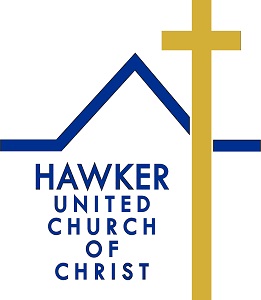
Hawker Church started as a small, country church in a sparsely settled farming community. It was affiliated to the German Reformed denomination. The denomination, like the community, like Hawker Church itself, has evolved into an entity that the early settlers could hardly have perceived in their wildest dreams. The change and growth of the church somewhat reflects the change and growth of the community. In a way, Hawker Church is a microcosm of Beavercreek, Ohio; in it’s over 200 years of development.
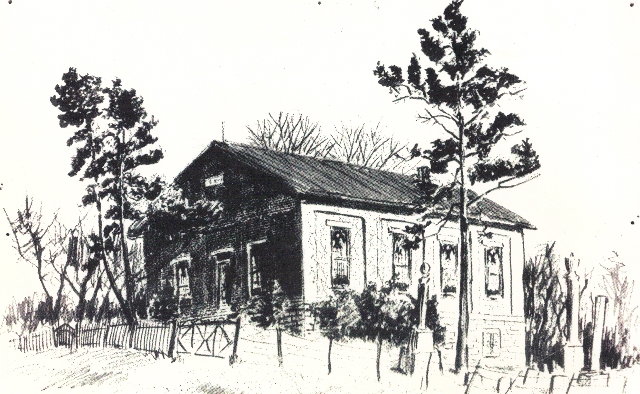
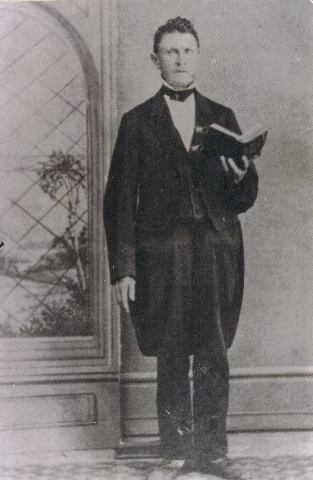
By the end of the seventeenth century, Dutch and German families had joined the first waves of English settlers. The first Reformed Church to organize formally in this particular area was the Beaver congregation. By 1809 a man of the cloth, the Reverend Thomas Winters, had also made the trip down the Ohio river by flatboat to Cincinnati, settling in the growing village of Dayton. According to a historical sketch written by Samuel Ankeny, one of the early settlers of the county, the first preaching was held in the Coy family schoolhouse. The church today dates its founding to 1809, and changed locations until the construction of a log house in 1820. Often two or even three denominations shared these houses of worship. Eventually a desire arose among the families, especially in the more southern part of the township, to have a building of their own.
Hawker received its name from one of the first founding families. Present members of Hawker Church who are direct descendants of Abraham and Elizabeth Hawker continue to be a vital part of our growing church. There seems little doubt that all three of the Hawker brothers took an active role in the new and growing church of the mid 1800s. In the middle of the nineteenth century, a dynamic Reformed minister, David Winters, came to the congregation, and the people decided to withdraw from the Alley location and build their own meeting house, in 1851 it was erected on the Dayton-Xenia Pike approximately 1/2 mile east of the Montgomery-Greene County line on the Adam Hawker farm. Hawker Church was born. The first Hawker Church building had imbedded above the front door a single slab of limestone reading “German Reformed Church “. In 1869 the denomination dropped the German designation to become Hawker Reformed church.
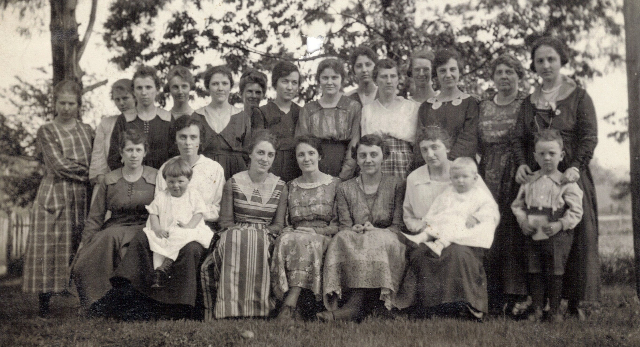
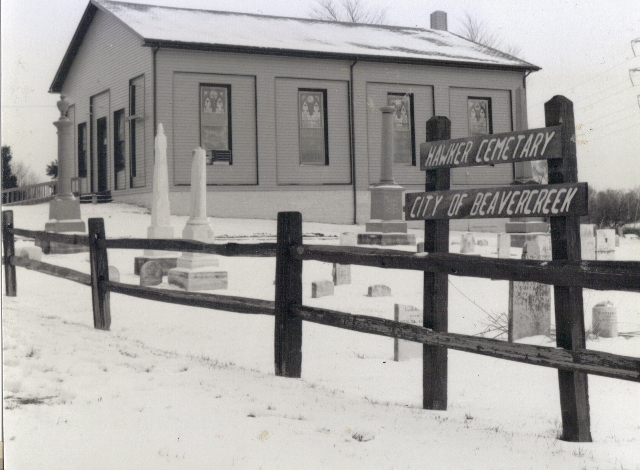
Three different groups shared this first church house – Lutheran, United Brethren, and German Reformed congregations. The Reformed Church is one of the forerunners of the United Church of Christ, the name by which we know our denomination today.
Pastor Winters served the congregation, as well as two others, until 1879. For about the next thirty years, nine ministers preached at Hawker Church. It was a period of “ups and downs,” and there was even talk of closing down as bigger, more impressive churches were being built in the city of Dayton. A few faithful members stayed loyal to the small country church, and it remained open.
Starting in 1911, Hawker was served primarily by students from Central Seminary in Dayton, a school for training Reformed ministers. In 1936, Hawker joined with Corinth Boulevard Church in Dayton to call an ordained minister and in 1942 hired the first full-time pastor.
During this time period, the Knollwood community was growing and WWII industry was bringing many people to Dayton and its suburbs. By late 1945, the inadequacies of the church building on Dayton-Xenia Road became evident – with lack of inside water and plumbing, limited parking space, and little room to expand. Long range planning and fund raising began for the present building on North Longview Street. A procession from the old building to the new took place on November 25, 1951, and the worship began in what is now the Narthex of this church. The sanctuary was completed in the fall of 1953. Since then, the north wing was enlarged, and in October of 1997, we dedicated our new kitchen and Fellowship Hall addition.
Each generation at Hawker brings new and exciting plans for the future. It is our desire that as time moves on, more and more people will be part of this rich history.
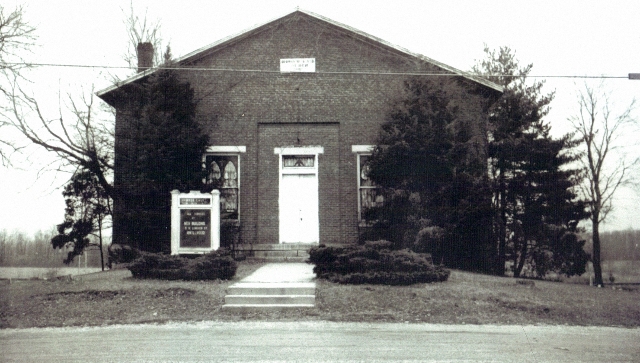
What a wonderful place to make history!
Hawker United Church of Christ
1617 N. Longview Street
Beavercreek, OH 45434
(937) 426-0973
Office Hours
Mon | Weds | Fri
9:00 a.m. – 1:00 p.m.
